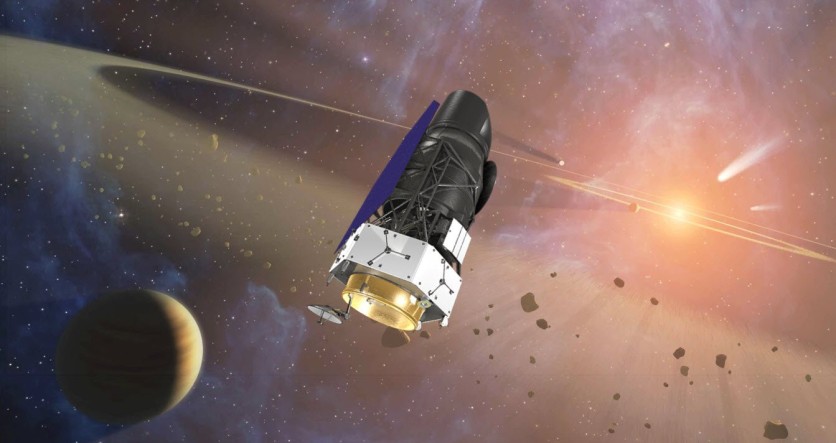NASA's Nancy Grace Roman Space Telescope team is gearing up for the massive influx of data the mission is set to bring.
Recently designated infrastructure teams will play a crucial role in this preparatory phase, engaged in tasks ranging from creating simulations to collaborating with other telescopes for sky surveys and calibrating Roman's components.
Their endeavors will complement the broader global efforts involving teams and individuals, all working together to realize the scientific prowess of the Roman telescope.

NASA: Unraveling Cosmic Mysteries
The ultimate objective is to ensure that when the mission takes off by May 2027, scientists will be equipped with the necessary tools to unravel mysteries like dark energy and explore billions of cosmic entities.
Julie McEnery, Roman's senior project scientist at NASA's Goddard Space Flight Center, emphasized the collaborative nature of the endeavor.
She stated, "We're harnessing the science community at large to lay a foundation, so when we get to launch we'll be able to do powerful science right out of the gate. There's a lot of exciting work to do, and many different ways for scientists to get involved."
Central to these preparations are simulations, serving as a pivotal tool for testing algorithms, estimating scientific returns, and refining observing strategies to maximize our understanding of the universe.
Given the anticipated colossal data generation rate of Roman, efficient methods for identifying underlying patterns become crucial. Over the course of five years, the mission is projected to accumulate 20,000 terabytes (20 petabytes) of observations, containing trillions of individual measurements of galaxies and stars.
McEnery emphasized the complexity of the preparatory work, given the interconnectivity of Roman's operations. Multiple teams will utilize each observation for diverse scientific purposes, necessitating an environment conducive to seamless collaboration.
Read Also : NASA's Nancy Grace Roman Space Telescope Could Find 400 Earth-Mass Rogue Planets, New Study Reveals
Preliminary Observations
Several scientists will conduct preliminary observations utilizing various telescopes like NASA's Hubble Space Telescope and others that will be aiding in optimizing Roman's observing plan and understanding the data it's expected to yield.
Parallel efforts by various teams will be essential in planning for each Roman science case. Dominic Benford, Roman's program scientist at NASA Headquarters, highlighted the multifaceted approach required, involving tasks from developing dim object algorithms to strategizing stellar stream imaging.
One group is focusing on the development of processing and analysis software for Roman's Coronagraph Instrument, which showcases cutting-edge technologies for potentially imaging exoplanets directly.
The mission's science centers also prepare to manage Roman's data pipeline, set up systems for planning and executing observations, and establish an optimal observation plan based on preparatory information and community interests.
"The team is looking forward to coordinating and funneling all the preliminary work. It's a challenging but also exciting opportunity to set the stage for Roman and ensure each of its future observations will contribute to a wealth of scientific discoveries," McEnery said in a statement.

ⓒ 2025 TECHTIMES.com All rights reserved. Do not reproduce without permission.




